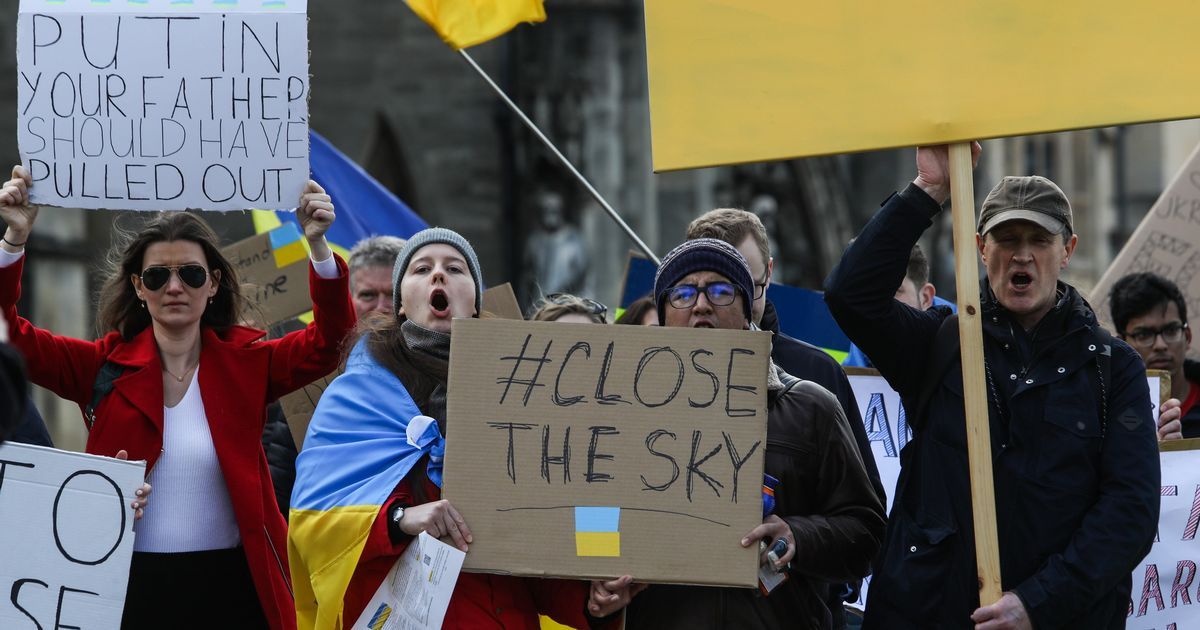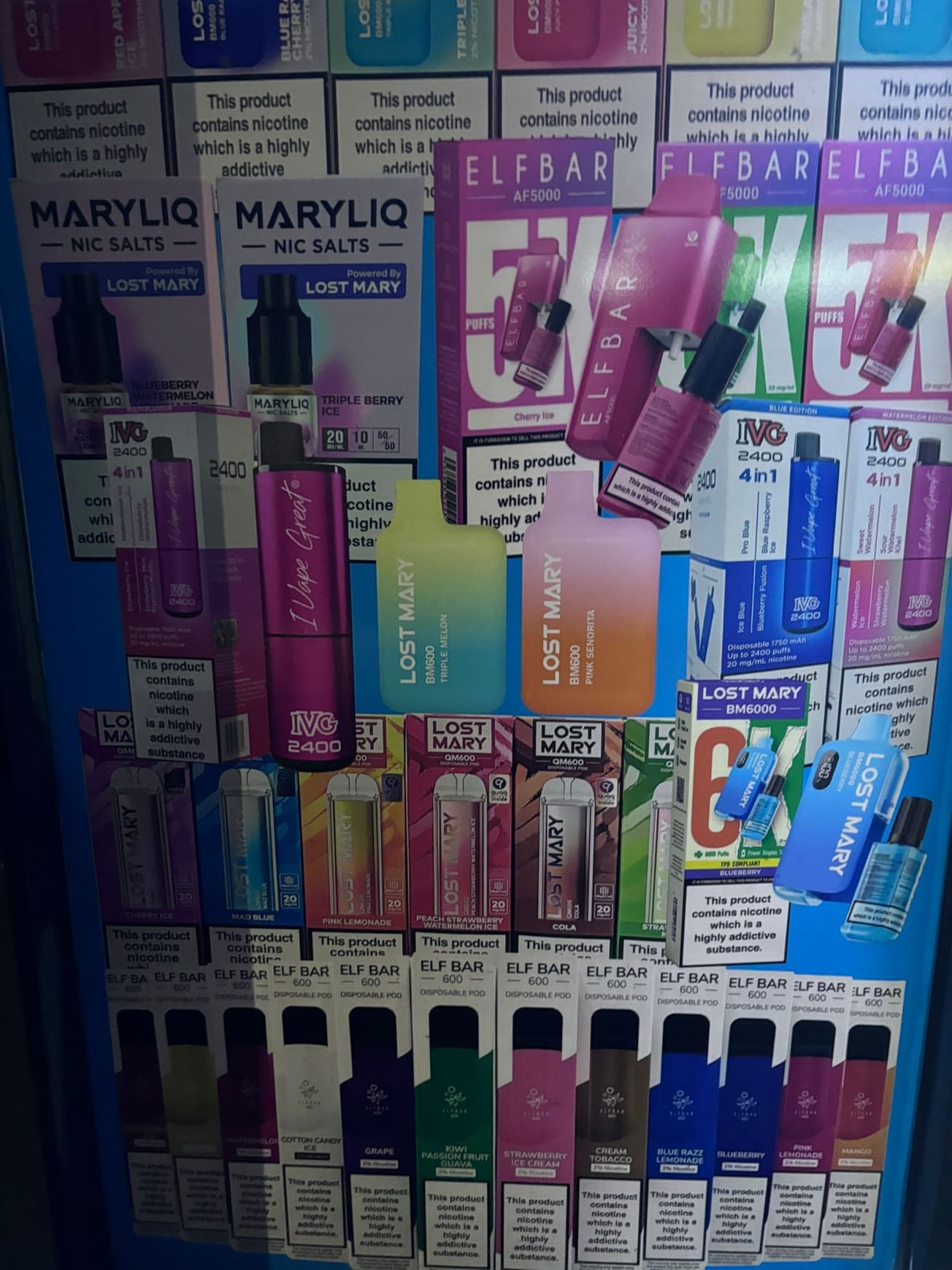By Lauren Sanderson, Second Year English and Philosophy
Defunding the police. The climate crisis. Lists of Black owned businesses. Non-optical allyship. How you can support Ukraine.
These are just some of the bold-fonted and pastel-coloured posts I see from a quick scroll through my Instagram explore page. And the harder I search, there seems to be a post, infographic or informative slideshow for almost every cause I could imagine. Social media, for better or for worse, has become a news source.
Online activism reached its apex in June 2020, as worldwide Black Lives Matter protests took the streets and the internet by storm. Amidst the revival of an activism laced with the threads of revolution, to resume normal day-to-day Instagram posting of selfies and banana bread felt borderline inappropriate. Instagram has since become inundated with 10-image carousels repurposed to promise answers at the swipe of a thumb. Shareable, meme-like formats are revolutionising the way public opinion is shaped; according to a study by FutureLearn, 22 per cent of millennials and 37 per cent of Gen-Zs have turned to social media platforms as a source of self-education.
Yet concerns have been raised about the packaging of modern political messaging. This phenomenon has many names - hashtag activism, ‘wokewashing’ and even slacktivism - many of which seemingly refer to a sense of complacency. While most of these bite-size sources seem to be made with benevolent intent, some are worried about the long-term nullifying effects of packaging activism as consumable for a mass audience. One example of this was the 2020 popularisation of Breonna Taylor’s death through social media, with celebrities calling for the arrest of her killers in Instagram selfie captions featuring phrases like ‘it’s a great day to arrest the cops who killed Breonna Taylor.’ While this raised awareness of the prejudice at hand, so casually mentioning such an issue into a short selfie caption may have undermined its importance, bordering on insensitivity.
In a 2020 Instagram post, sociologist and social inequality researcher Eve Ewing warned users about the dangers of widely shared infographics: ‘Graphics like this can be a helpful teaching tool, but some of the “racial justice explainer” posts that go viral grossly oversimplify complex ideas in harmful or misleading ways ,or flat-out misstate facts,’ she writes. ‘[They] are not attributed to any transparent person, people, or organization who can be held accountable for errors and draw on the work of scholars and activists who go uncredited.’
The post highlighted how any user has the ability to quickly create an infographic through design platforms like Canva, which even has its own activism templates. Many activism Instagram posts are therefore often beautifully designed, but not necessarily informative or factually correct. Much like SEO articles, they use questions as headings, focus heavily on definitions, and encourage you to consume more of the creator’s content.
Notably, virality on the app relies largely on a posts’ aesthetic share-ability and adherence to design conventions familiar to Instagram’s algorithm. No matter the intent of the creator or the accuracy of their information, educational infographics therefore have the power to spread like wildfire across the internet in minutes, a nuance possibly lost on an audience desensitised to the vast connectivity of the online world.
Social media, for better or for worse, has become a news source.
Reporter Mark Stenberg has described this new wave of online social unrest as the ‘Facebook-ification of Instagram’. He draws parallels between the Instagram political urgency that has bloomed in the past two years and the 2016 craze of political Facebook posts: ‘Both exist in a time of political upheaval, which has spurred users into using them as a platform for spreading political messages. Both allow users to post and share just about anything,’ he observes. ‘Both live and breathe user engagement. And both are owned by Facebook.’
Individual ignorance cannot take sole blame. Recent years have seen mounting pressure on social networking companies to cull the spread of viral misinformation. Despite widespread criticism of the flourishing of anti-vax content across YouTube and Facebook-owned platforms in 2019, it seems that Facebook’s introduction of an aggressive policy to crack down on anti-vax activism and other online hoaxes had a relatively limited impact in reducing the spread of political disinformation across the platform. NGO watchdog The Center for Countering Digital Hate (CCDH) published a report last year concluding that Instagram’s algorithmic recommendations pushed users towards COVID misinformation, as well as anti-vaccination and even antisemitic material. Twitter has also faced criticism for its failure to police the misinformation that spreads on its platform, and WhatsApp has long-held an infamous reputation as a channel for accelerating the proliferation of conspiracy theories. Whether or not platforms themselves can be trusted to restrict content promoting false information and conspiracy theories posing as fact-based resources is in doubt.
Yet that is not to say that social media activism is ineffective. Such activism and advocacy can be powerful when it doesn’t start and stop on social media – digital activism has helped both share and organise critical watershed moments in the last decade, including the 2011 Arab Spring, Puerto Rico’s Ricky Leaks and the 2019 Iranian protests.
Jess Natale, the creator behind the account So.Informed (which has amassed 2.8 million followers) further defended social media activism as an entry point to real-world engagement in an interview with Vox: ‘I’m trying to appeal to the apolitical people, the ones who’d rather stay out of it and enjoy, like, mimosa pictures,’ she explained. ‘I’m also trying to reach women my age, millennials who aren’t participating in the conversation because they don’t know where to start.’
And everyday average users are not the only ones getting involved in the posting frenzy. As tensions in the Israel-Palestine region escalated last May, in the midst of a dizzying number of Instagram stories swamped with infographics about the evolving conflict in Gaza, the Israel Defence Forces began sharing infographics responding to pro-Palestinian accounts. It seems that even governmental bodies and military forces are now capitalising on the format of simplistic, aestheticized activism. This phenomenon of state-sponsored activism is yet another example of the ease with which calculated political disinformation can be misrepresented as an impartial resource to an online audience, with the IDF pushing the message that they have ‘no desire to harm civilians in Gaza’. The IDF has since continued to push out infographic-style content across their online platforms, in what they seem to believe to be an effective form of political messaging.
In the wake of the Russian invasion of Ukraine, graphics advertising support for Ukraine and videos of the violence have again been popularised. Celebrities like Salma Hayek donned Ukraine-coloured outfits for Fashion Week. Profile pictures have even been changed to the Ukrainian Flag, in a collective action eerily reminiscent of the controversial #BlackOutTuesday, where for one day Instagram users vowed to abstain from posting (other than a solid black square). At the height of 2020, collective actions like these faced significant backlash as an act of virtue signalling, irrelevant to the legitimate cry for racial justice.
Barack Obama challenges 'woke' culture https://t.co/La6B8QrRfD
— BBC News (World) (@BBCWorld) October 30, 2019
Barack Obama has even weighed in on the issue, voicing his view that social media activism, and the associated ‘woke’ culture driving it, cannot act as a substitute for in-person community organisation. He noted that for some, the way to enact change ‘is to be as judgmental as possible about other people, and that’s enough. That’s not activism. That’s not bringing about change. If all you’re doing is casting stones, you’re probably not going to get that far.’
Featured Image: Bristol Post
Have your say: Should we aestheticise human rights issues at all?









